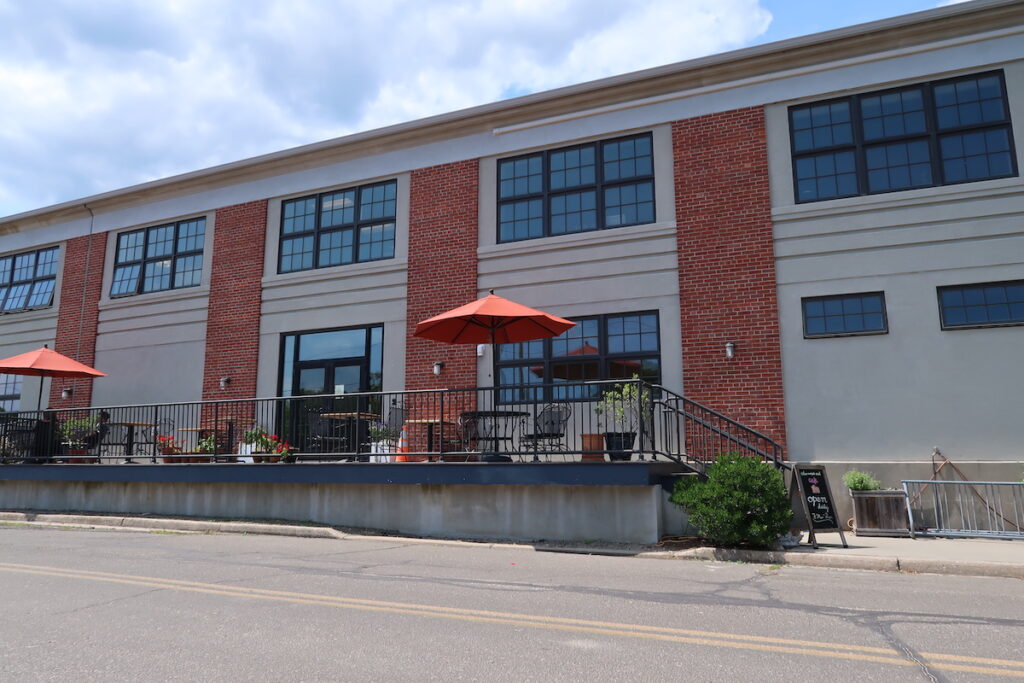Consultant to start revamp of zoning in Southold Town

The Southold Town Board kicked off discussions with a consultant hired to revamp town zoning at a work session Tuesday.
The meeting marks a concrete step toward meeting one of the foremost goals listed in Southold’s comprehensive plan, adopted in 2020 to guide development in Southold and provide a basis for zoning and other land use regulations in town code. The 13-chapter document outlines priorities such as creating affordable housing, reducing traffic congestion and protecting agricultural land.
Sean Suder, project manager from infrastructure engineering company Hardesty & Hanover, said at the work session that he’s already met with some town staff and plans to tour the area later that day. He emphasized that the “big idea” is to craft custom-tailored, clear, consistent, user-friendly, defensible “zoning regulations that advance the community’s vision.”
Mr. Suder said the town has done a good job providing specific instructions and a road map of what it’s looking for through its comprehensive plan. He noted that zoning, which originated in New York City in the early 20th century, was first adopted in Southold in 1957 and amended in its entirety in 1971. There have only been piecemeal amendments since then, in which time the population has doubled. Of the 19 zoning districts in town, 94% of land area is zoned residential.
“We’re going to look at the map, we’re going to look at all that as part of this project, and we’re going to talk to the public and say, ‘Does this make sense? Do these boundaries make sense? Do these districts make sense?’ ” he said. “That’s something we’ll take a look at. It may stay exactly the same but it may change. Every 50 years is a good time to take a look and decide.”
Mr. Suder said the consulting agency will evaluate existing code for outdated language, use definitions and inconsistencies, among other things. Aims include rewriting the code to improve clarity and ensure that existing zoning is appropriately located with uses of an appropriate scale.
He estimated it will take around two months to generate a diagnostic analysis and report, before the consultants consider ways to recalibrate the code and gather public feedback. The “common thread throughout the project” is community engagement, he said.
“Community engagement around comprehensive planning is more vision-based, setting the vision. This is going to be more reaction-based, reacting to stuff or information that we provide,” Mr. Suder said. In response to questions from Town Board members, he said the agency will not use a “one size fits all” approach and can tailor zoning to individual hamlets.
Supervisor Scott Russell has previously told The Suffolk Times that the “current menu of [zoning] options is stale and simply doesn’t have the specificity or nuance that zoning requires to assign new uses that would carry out some of the goals of the [comprehensive] plan.”
He said during an interview conducted last year that the task requires too much to be conducted “in-house.” He also pointed out that the comprehensive plan was adopted during the pandemic when there was limited access to consultants and other professionals not considered essential workers, and emphasized that the plan is a guidance document, not code.








